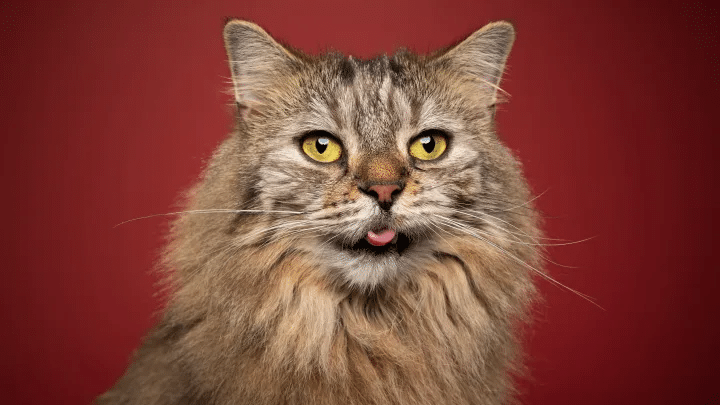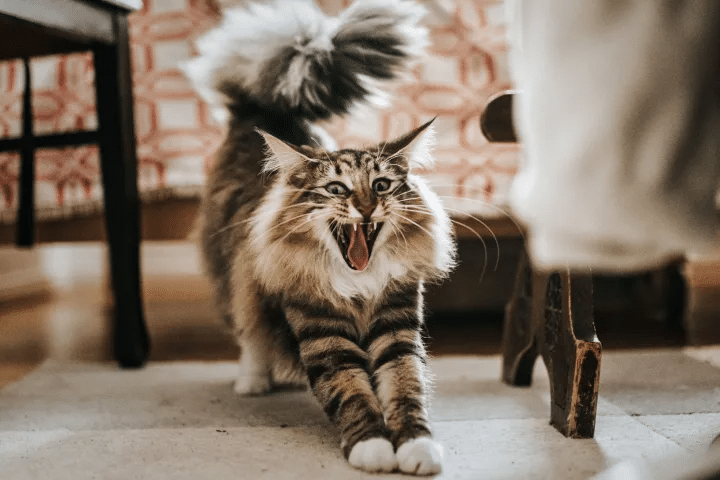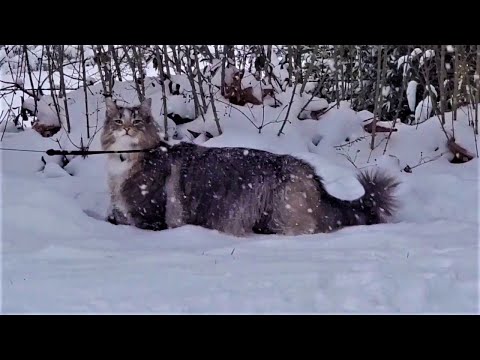10 Interesting Facts About Norwegian Forest Cats to Help You Fall in Love with Their Charm
Norwegian forest cats are known to be large, fluffy, and sociable. But these cats are more complex than first appears. Their predecessors, for instance, may have been British black-and-white short-haired cats that the Vikings brought onboard their ships to serve as mousers, according to some theories.
Others speculate that they could be descended from long-haired cats that the Crusaders imported to Scandinavia. In any case, these primitive ancestors roamed the forests of Norway before eventually developing into the huge, dense-coated cats we are familiar with today.

Because of how remarkable they are, Norwegian forest cats have even appeared in Nordic mythology as the “skogkatt,” a mythical fairy cat that lives in the mountains and has the extraordinary ability to scale sheer rock sides. Given that the breed’s size, coat, and aptitude for climbing trees resemble the skogkatt, some people think that these legends served as inspiration for the creation of the breed.
In fact, Norwegian forest cats are so beloved in their own land that King Olaf V named them the country’s mascot. It’s unfortunate that these cats once came dangerously close to extinction. Thankfully, breeders took action to protect the breed, and today it is flourishing all over the world. Who knows, perhaps America will one day have a national feline?
Despite being widely prized by farmers and sailors for its exceptional hunting skills, the Norwegian Forest cat wasn’t officially recognized as a breed until the 1930s. The breed, however, had a drop in popularity with the start of World War II, which nearly resulted in crossbreeding and its extinction. Fortunately, a formal breeding programmed assisted in preserving this fluffy cat’s genetic heritage for future generations.
The Federation International Feline recognized the Norwegian Forest cat as a distinct breed in 1977, and two years later the first breeding pair of Norwegian Forest cats arrived in America. In 1987, the breed was also recognized by the Cat Fanciers’ Association. These cats are extremely well-liked throughout Europe, but notably in Scandinavia, where they are known as “Wegies.” They are also quite well-liked in France. Massive male Norwegian Forest cats typically weigh between 13 and 22 pounds. They are ideal for chilly climates since they have thick fur that keeps them warm in the winter.

Although Norwegian forest cats come in a variety of hues and patterns, their long, water-resistant double coat is what sets them apart. Due to its tufted ears and toes, which serve as organic earmuffs and boots, this breed survived the harsh Scandinavian winters. Although they are resilient, they are prone to specific illnesses such type IV glycogen storage disease, genetic heart problems, and hip dysplasia. Intriguingly, genetic testing has shown that Maine coons and Norwegian forest cats are distantly linked, with the latter breed deriving from both the former and an extinct domestic breed.
Norwegian forest cats have triangle-shaped faces, whereas Maine coons have wedge-shaped heads with high cheekbones, making it easy to distinguish between the two. Last but not least, Norwegian forest cats can run headfirst down trees and are expert climbers thanks to their strong claws.
More Cat Stories
